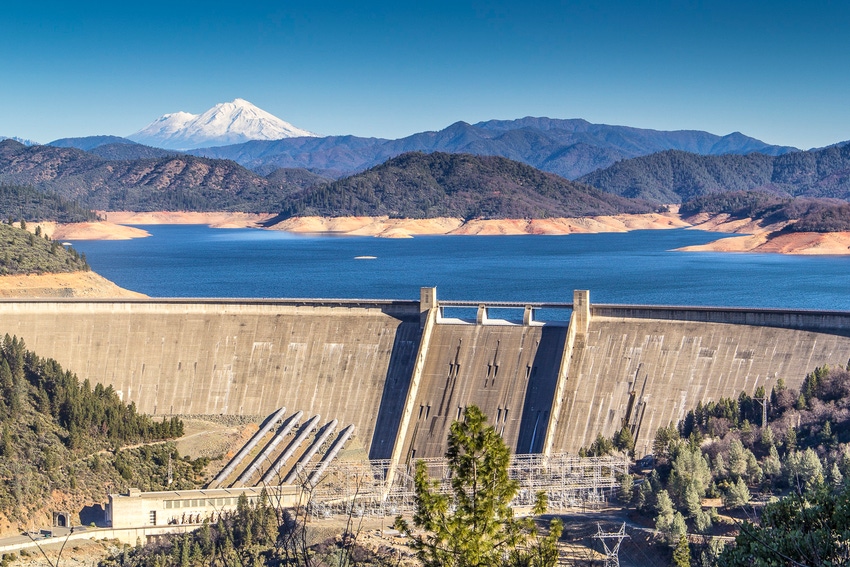
I have a question every elected and appointed official in the State of California should be forced to answer publicly: Then what?
Then what?
What happens when California reservoirs dry up and water can no longer be delivered to farms and homes? Then what? What happens in the 17 California communities reported to have as little as 100 days of available water from their water providers? Then what?
What happens when Millerton Lake near Fresno dries up this summer and water cannot be delivered down the Friant-Kern Canal to homes and farms from Chowchilla to Bakersfield, which simple math suggests will happen by July 1 of this year? Then what?
Millerton was being drained to restore river flows in the San Joaquin River between Fresno and the Delta. Those flows will cease for at least a year, according to the Fresno Bee newspaper, because communities like Orange Cove rely solely on surface water for their residents.
In recent weeks there was as much as a 10-fold difference between inflows into Millerton and outflows via the river and Friant-Kern canal. Simple math suggests that is not sustainable.
Several other reservoirs will dry up as well. Curt Aikens, general manager of the Yuba County Water Agency, expects his two reservoirs in the Yuba River watershed – New Bullards Bar and Englebright – to dry up this summer. Amazing in this statement is that Aikens said the Yuba River watershed, which feeds these reservoirs, is the highest-yielding watershed in the Sacramento Valley and the reservoirs are relatively small in the grand scheme of things.
Shasta Lake, which remains the cornerstone of the Central Valley Project, has several years’ worth of water left if you simply divide the average daily decline in storage into the amount of storage it has. I took these figures from the California Data Exchange.
One bright spot about Shasta, based on current data, is there were days last month where the lake added more than a thousand acre feet of storage and days where it lost a similar amount. That balancing act will certainly help preserve the reservoir – but for how long? Summer is coming and there is barely enough snow in the various watersheds that feed Shasta to make a dent in overall storage.
This isn’t conjecture or hyperbole folks: this is real! Because California has not appreciably added more available water storage in decades for just such an occasion, the pain caused by this drought will be much greater than the financial cost we would have borne had we simply built more storage and upgraded the state’s water delivery systems at the same time we were expanding our suburbs onto prime farmland and watching the state’s human population double.
Let’s hope the painful lessons taught from this are caught and acted upon by the California legislature and Congress, who will have to appropriate the necessary funds to increase water storage and improve water infrastructure for California.
About the Author(s)
You May Also Like






